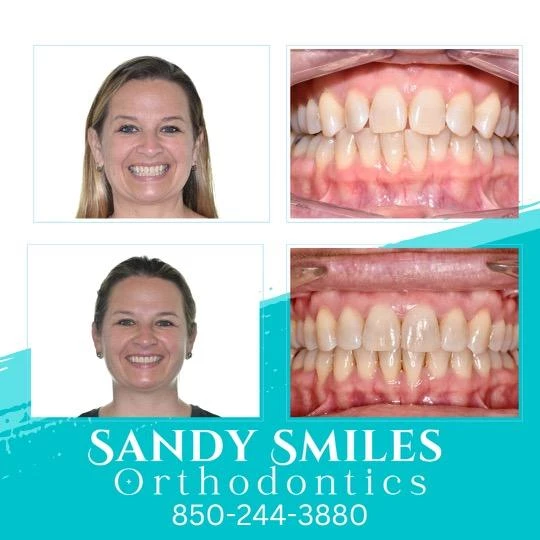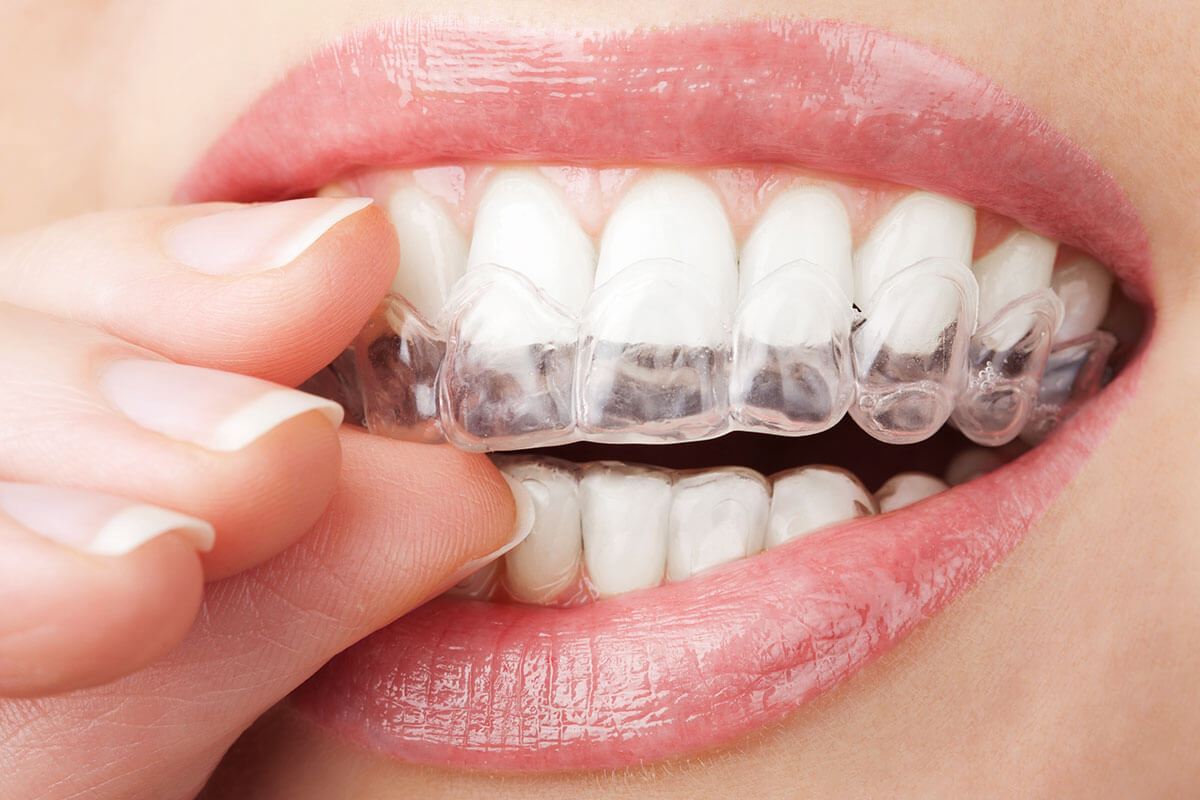Leading Reasons to Choose Invisalign Over Other Orthodontic Treatments
Leading Reasons to Choose Invisalign Over Other Orthodontic Treatments
Blog Article
Invisalign vs. Traditional Braces: Which Alternative Is Right for You?
When taking into consideration orthodontic therapy, the option between Invisalign and standard dental braces offers several essential factors that warrant cautious assessment. Invisalign supplies a very discreet option with removable aligners, while standard dental braces supply an extra visible yet reliable remedy for extreme imbalance.
Overview of Therapy Alternatives

On the other hand, standard dental braces are composed of steel braces and wires that are bonded to the teeth. This method uses constant stress over time to achieve placement. While reliable for complicated orthodontic problems, standard braces require regular check outs for adjustments and can pose challenges in keeping dental hygiene because of the difficulty of cleaning up about cables and brackets.
Both alternatives have their qualities, and the option often depends upon details dental conditions, way of life choices, and client conformity. Inevitably, speaking with an orthodontic expert is crucial for establishing the most suitable therapy strategy customized to individual needs. Recognizing the subtleties of each choice can dramatically affect the general success of orthodontic therapy.
Visual Factors To Consider
A considerable element affecting the option in between Invisalign and typical braces is the aesthetic allure each therapy uses. Invisalign aligners are crafted from clear plastic, making them essentially unseen when worn. This discreet appearance is especially appealing to adults and young adults that might really feel awkward regarding their orthodontic therapy. The capacity to preserve an all-natural smile throughout the placement process can significantly boost the individual's self-confidence in professional and social settings.
In comparison, standard braces include metal braces and cables, which can be extra obvious. While improvements in orthodontic modern technology have caused the advancement of smaller sized braces and colored elastics, conventional dental braces still maintain an even more conspicuous profile. For some people, the visibility of braces might hinder them from looking for necessary treatment.
Ultimately, the choice between Invisalign and traditional dental braces might pivot on individual choices concerning aesthetics. People who prioritize discretion frequently lean towards Invisalign, while those who are much less worried about presence may select traditional dental braces. Understanding the visual ramifications of each option is important for making a notified decision that straightens with one's way of living and preferences.
Convenience and Convenience

In regards to benefit, Invisalign aligners are detachable, making it possible for people to enjoy their favored foods without constraint and preserve ideal oral health. Cleaning and flossing are streamlined, as the aligners can be secured throughout these regimens, whereas typical dental braces need mindful steering around wires and braces.
Furthermore, Invisalign's dynamic system permits for fewer orthodontic gos to. Individuals generally receive several collections of aligners simultaneously, which can improve the therapy procedure and decrease time invested in the orthodontist's chair. On the other hand, traditional braces require regular modifications, making them less hassle-free for those with busy timetables. Invisalign. In general, the convenience and ease of Invisalign make it an attractive option for lots of people seeking orthodontic therapy.
Treatment Period and Performance
While both Invisalign and typical braces you can try these out are effective in correcting dental misalignments, the duration of therapy can vary substantially between the 2 alternatives. Normally, Invisalign treatment can take anywhere from 12 to 18 months, depending on the complexity of the instance. The clear aligners function by progressively changing teeth into their desired settings, and regular follow-ups with an orthodontist help make sure progression remains on the right track.
In contrast, standard braces often call for a longer dedication, generally varying from 18 months to 3 years. This is due to their set nature and the usage of brackets and cords, which can be extra efficient for serious imbalances and complex cases (Invisalign). The treatment performance of conventional dental braces is well-documented, as they allow for precise modifications and better control over tooth activity
Ultimately, the option in between Invisalign and standard dental braces might hinge on both the expected therapy period and the specific dental concerns at hand. Consulting with an orthodontist is important, as they can offer customized referrals based on private requirements, making sure the picked method aligns with wanted end results and timeframes.
Cost Comparison and Insurance Policy Options
Price plays a considerable duty in the decision-making process for individuals taking into consideration orthodontic therapy, whether choosing for Invisalign or conventional braces. Generally, the expense of Invisalign varieties from $3,000 to $8,000, while typical braces typically set you back between $2,000 and $6,000. Variables affecting these expenses include the intricacy of the case, the duration of therapy, and geographical place.
Insurance policy insurance coverage can considerably impact out-of-pocket expenses. Many oral insurance policy plans provide partial insurance coverage for orthodontic treatments, yet the specifics can differ commonly. It is essential for individuals to examine their insurance coverage to identify the level of coverage for either option. you could look here Generally, conventional dental braces might be extra frequently covered by insurance coverage plans contrasted to Invisalign, which some insurance providers categorize as an aesthetic treatment.
Furthermore, several orthodontic techniques offer adaptable settlement plans, making both treatment options more obtainable. People must ask about potential financing choices and price cuts for in advance repayments. Assessing the overall expense, consisting of insurance coverage benefits and layaway plan, is important for making a notified decision that straightens with both aesthetic preferences and budget considerations.

Conclusion
In recap, the selection between Invisalign and conventional braces depends upon multiple aspects, including visual choices, convenience, treatment period, and expense. Invisalign uses a discreet, detachable choice that assists in oral health and dietary flexibility, while typical braces might be extra ideal for intricate oral problems check these guys out and usually come at a lower cost point. Ultimately, assessment with an orthodontist is vital to examine individual situations and establish the most suitable treatment option for achieving optimum oral placement.
When thinking about orthodontic therapy, the choice in between Invisalign and standard braces offers several essential elements that warrant careful evaluation.Contrasting Invisalign and typical braces reveals distinctive therapy alternatives for orthodontic adjustment.While both Invisalign and traditional braces are efficient in remedying oral imbalances, the duration of treatment can differ considerably in between the two options.Expense plays a considerable function in the decision-making procedure for individuals considering orthodontic treatment, whether deciding for Invisalign or traditional dental braces.In summary, the selection in between Invisalign and traditional dental braces hinges on multiple factors, including visual choices, comfort, therapy duration, and cost.
Report this page